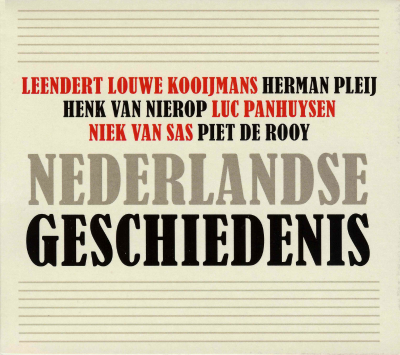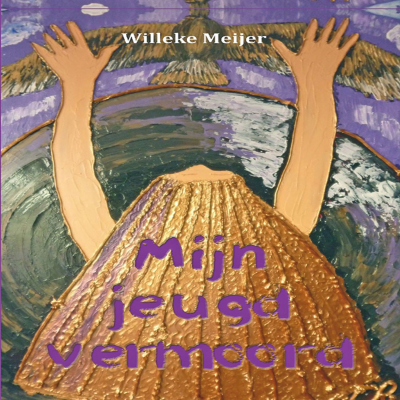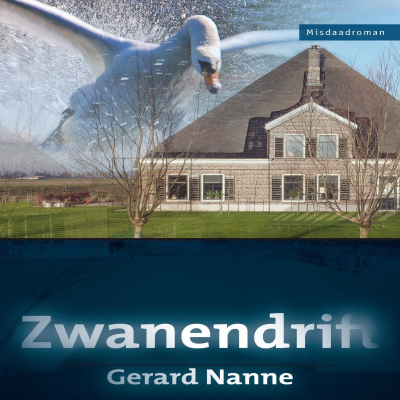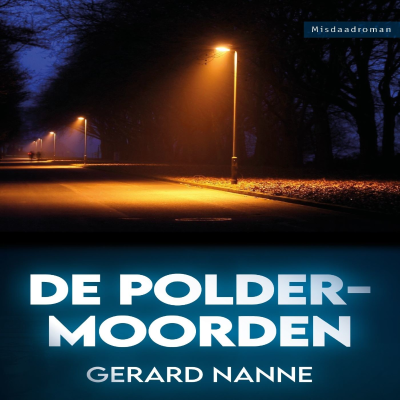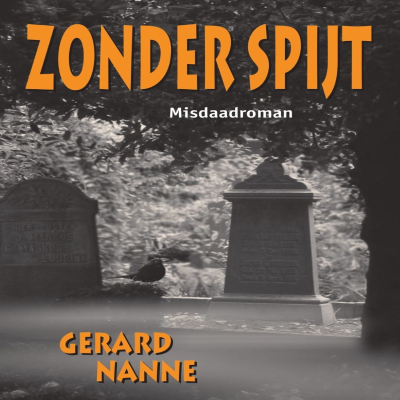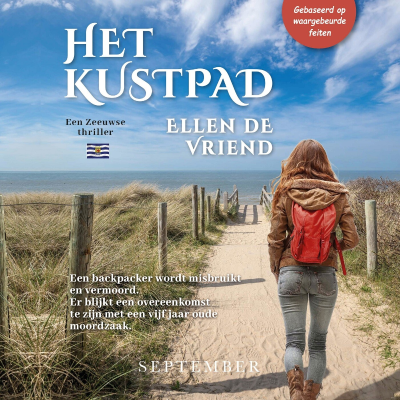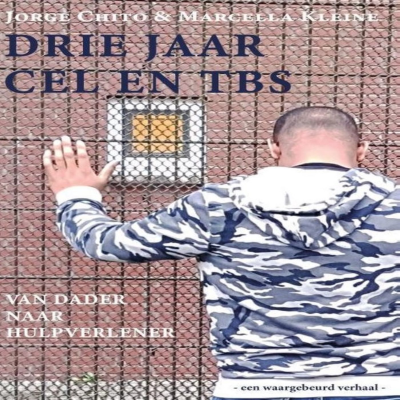
Julio and Gringo
Engels
Education
Probeer 0 days gratis
€ 9,99 / maand na proefperiode.Elk moment opzegbaar.
- 20 uur luisterboeken / maand
- Podcasts die je alleen op Podimo hoort
- Gratis podcasts
Over Julio and Gringo
Spanish Podcasts for English Speakers
Alle afleveringen
9 afleveringen009 – Introduction to Audiobook White Light Luz Blanca
Learn more about our audiobook by clicking on this link [http://julioandgringo.com/downloads/audiolibro/].Conozca más acerca de nuestro audiolibro haciendo clic en este enlace [http://julioandgringo.com/downloads/audiolibro/].
008 – Autoestima y Aprendizaje
In this podcast we talk about the importance of self-esteem during the process of learning a new language.
007 – Condicional
The conditional tense is used in Spanish much like the same tense in English, and that is to express what “would” happen under certain circumstances. Nonetheless, you can find as many as 9 different particular uses of this tense by clicking on this document [http://julioandgringo.com/wp-content/uploads/2015/10/conditional-condicional.pdf].
006 – Perífrasis Verbales
“Perífrases verbales” are verb combinations with two or more verbs that work together. There are about 140 of these verb combinations in Spanish. Some common ones are: ir + a + infinitivo, estar + gerundio, poder + infinitivo, tener que + infinitivo, and haber de + infinitivo. Click here [http://julioandgringo.com/wp-content/uploads/2015/09/005-Perifrases-de-Movimiento.pdf].
005 – Perífrasis de Movimiento
Spanish uses perífrasis to describe the movement of some verbs. For example, “Ella entró corriendo la casa” would sound odd or unnatural in English if it were translated “She entered running the house.” Since a preposition is used in English to express direction, this Spanish would be properly translated, “She ran into the house.” Here is a document [http://julioandgringo.com/wp-content/uploads/2015/09/005-Perifrases-de-Movimiento.pdf] with more examples.
Kies je abonnement
Premium
20 uur aan luisterboeken
Podcasts die je alleen op Podimo hoort
Gratis podcasts
Elk moment opzegbaar
Probeer 0 days gratis
Daarna € 9,99 / maand
Premium Plus
Onbeperkt luisterboeken
Podcasts die je alleen op Podimo hoort
Gratis podcasts
Elk moment opzegbaar
Probeer 0 days gratis
Daarna € 11,99 / maand
Probeer 0 days gratis. € 9,99 / maand na proefperiode. Elk moment opzegbaar.










